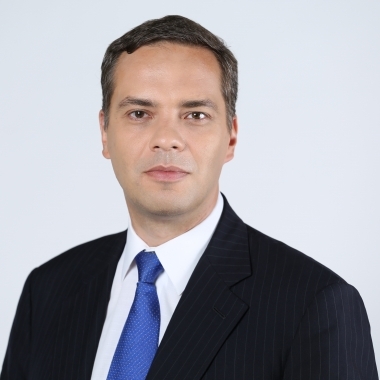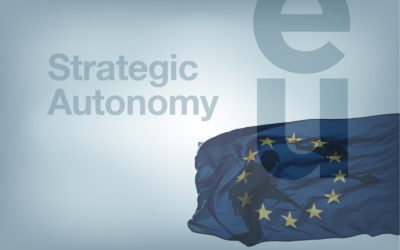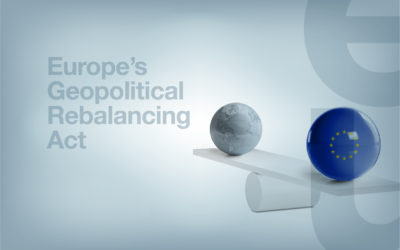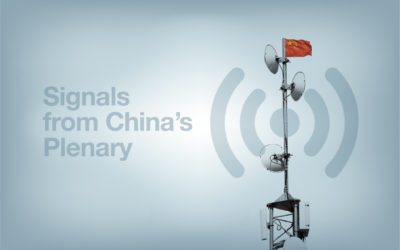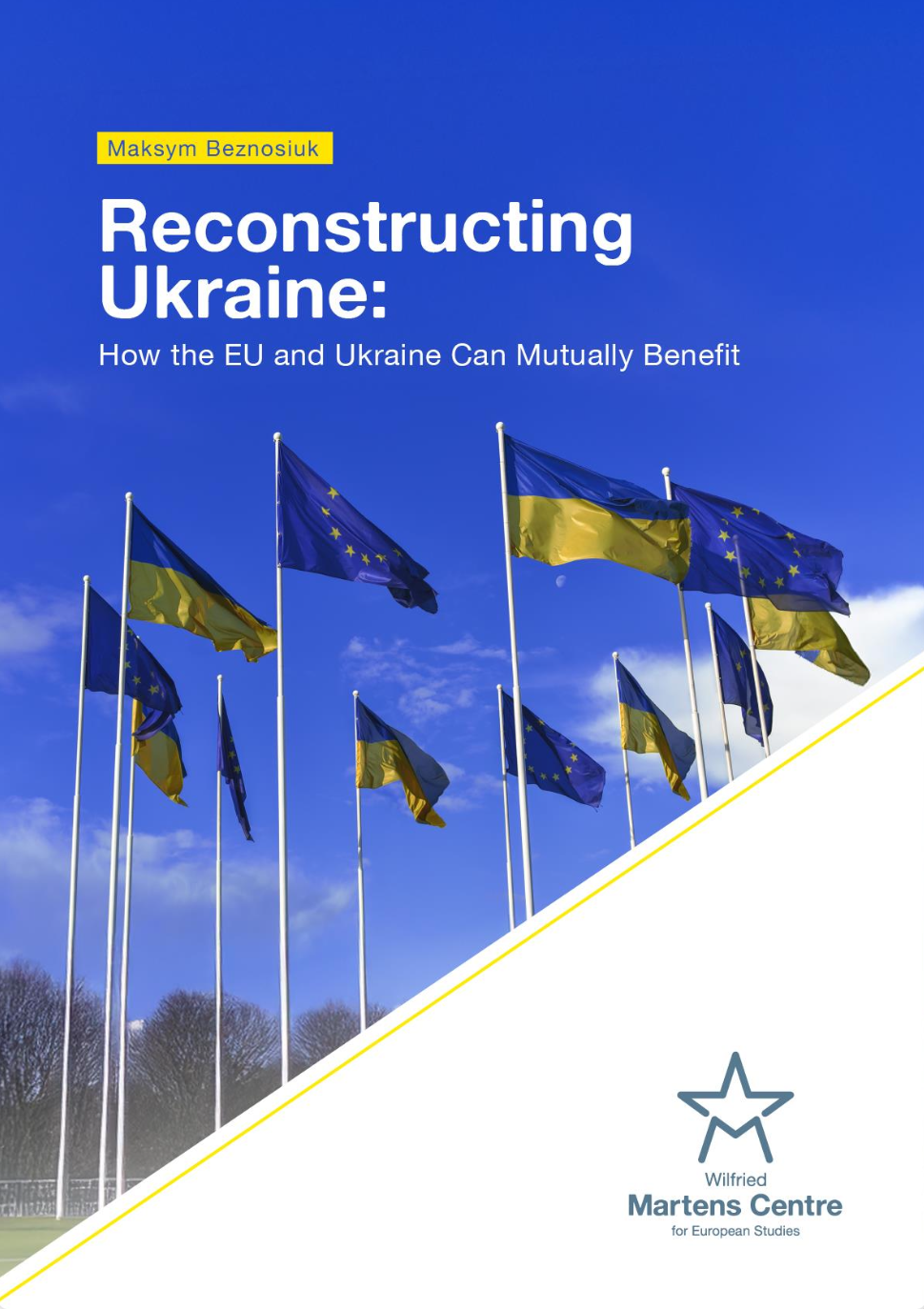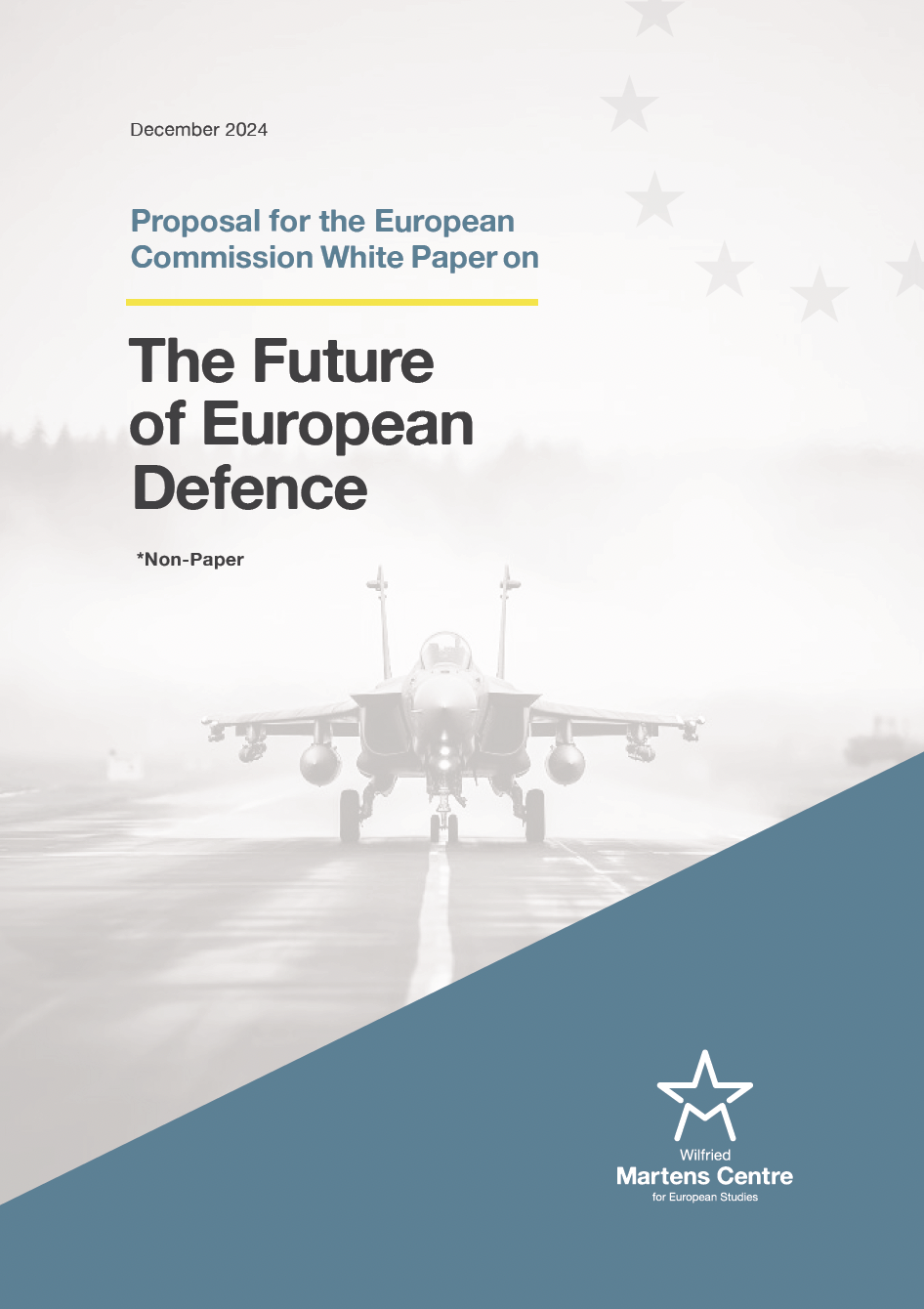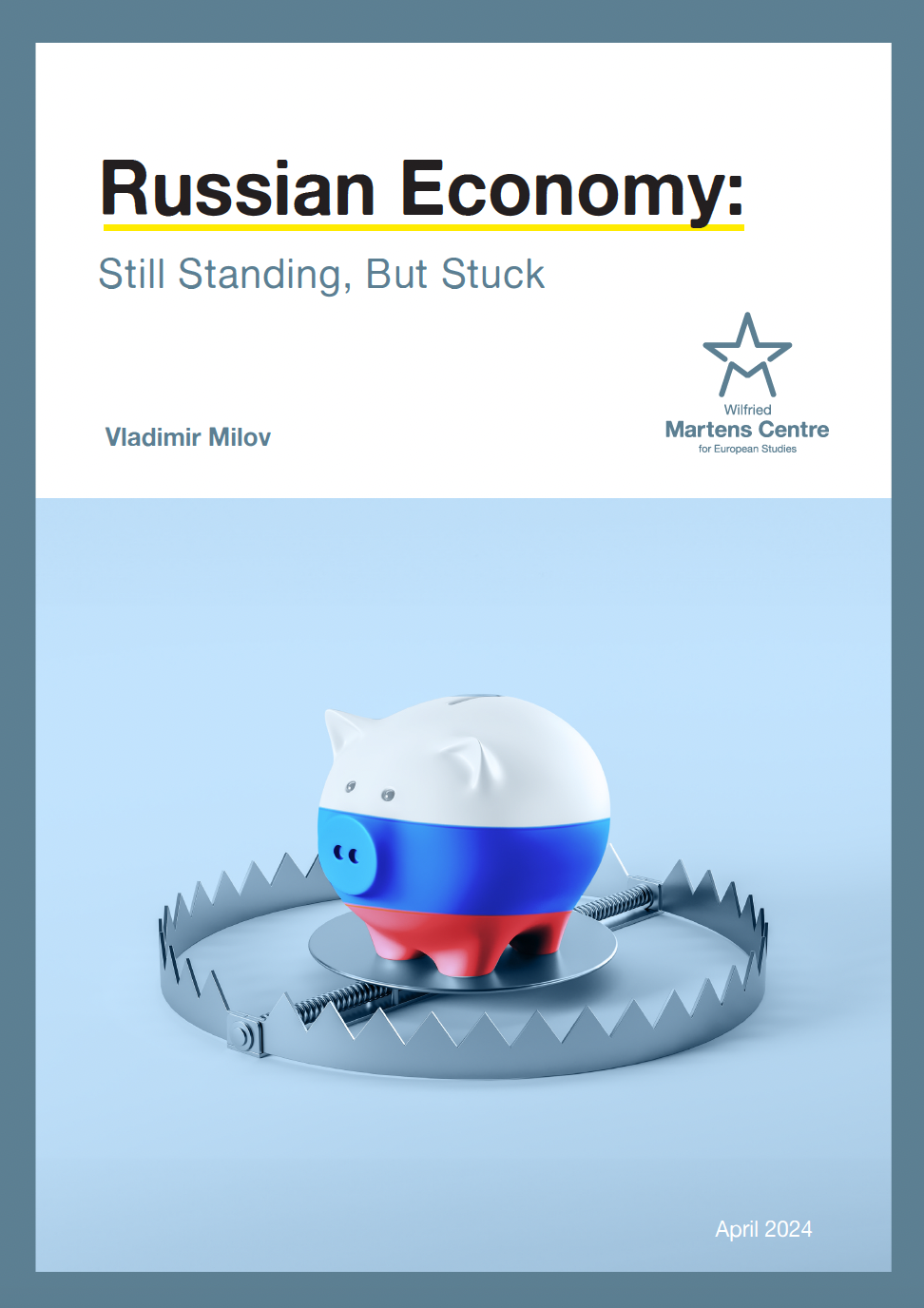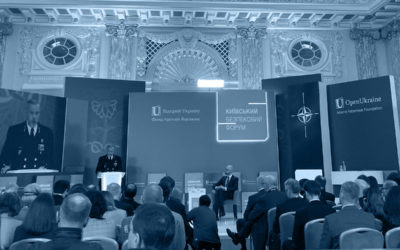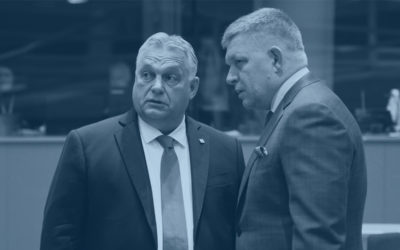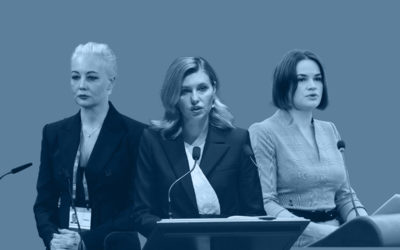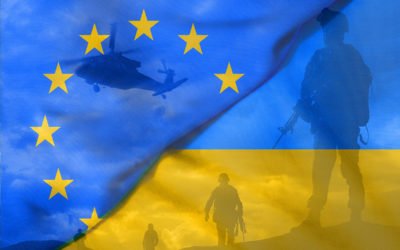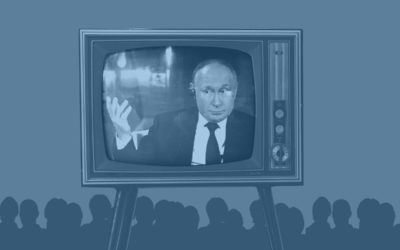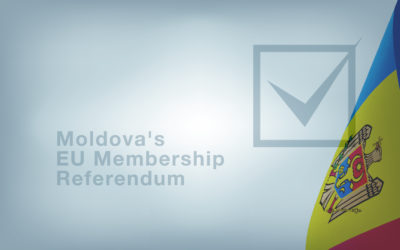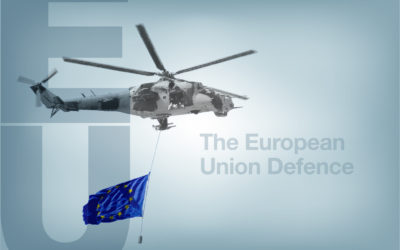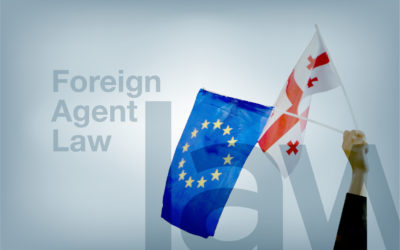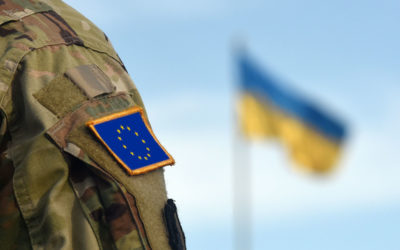Putin’s New Budget: A Declaration of Endless War
03 October 2023

On the background of talks about international fatigue over the war in Ukraine, and calls for “peace negotiations”, Vladimir Putin has issued the clearest declaration of intent for upcoming years: he is ready to double down on attacking Ukraine, and has no wish for the war to end any time soon.
The Russian Government recently introduced a draft three-year federal budget to the State Duma – which was personally approved by Putin, who gave it a green light at a recent meeting in the Kremlin. It was already reported by other media that the budget envisaged a sharp increase in military spending – but the actual figures are so shocking that it is worth taking a detailed look.
In 2024, Russian military spending is expected to hit 10,8 trillion rubles, or over $110 billion under the current exchange rate, equivalent to 6% of the Russian GDP – that’s up from 6,4 trillion rubles, or $66 billion, equivalent to 3,9% GDP in 2023. More shockingly, that’s up 3,2 times as compared to the pre-full scale invasion federal military budget of 2021 (3,4 trillion rubles). This is an absolute record in Russia’s post-Soviet history.
But there’s more: the military budget for 2025-2026 is also intended to be exceptionally high – 8,5 and 7,4 trillion rubles per year respectively, or 2,5 and 2,2 times higher than the pre-war 2021 military spending. The 2025 and 2026 figures are indicative only – usually, they are reconsidered significantly at a later point when the relevant budgets are approved. But they normally provide insight into the thinking of Putin and top Russian policymakers – it is easier to understand their medium-term thinking and priorities at a particular moment. If anyone didn’t get the real intent, Putin’s Finance Minister Siluanov had publicly confirmed that financing the military at the moment is an absolute priority, and will be done at the expense of all other spending directions.
If you want to understand Putin, you need only follow the money, which is the most valuable asset for him. The priorities are very clear: Putin is not only preparing for a lengthy war, but most likely thinks that he will decisively turn his fortunes around on the battlefield, claiming the initiative at the front and pushing Ukraine back. It is not easy to say exactly how these extra funds will be used (84% of the draft 2024 military budget is classified), but the jump in funds allocated to the military is impressive in itself.
Such budgetary projections are a clear rebuff to those who argue that the war may end any time soon, if only Ukraine is pushed towards conceding some territory to Russia. Putin has a different view: he wishes to double down in his military attack on Ukraine, and is not interested in opinions and advice from the West’s “useful idiots”. Even if the war suddenly stops, such an intensive military build-up clearly presents a strategic threat to Europe and the world: Putin evidently aims at major re-armament, which, given his aggressive revisionist behaviour, paves the way for new possible attacks on other countries beyond Ukraine, whom Putin deems “hostile”.
Whether Putin’s push to increase the efficiency of his army through a sharp rise of spending will succeed is an open question – and there are reasonable doubts in that. First, the draft federal budget is based on an assumption that budget revenues will grow by over 22% year-on-year in 2024, including a 30% growth in oil & gas revenues, and a 19% growth in non-oil & gas proceeds. That’s totally unrealistic. The Russian Government and Central Bank admit that the economic recovery has been flattening out recently after the bounce-back from the low base of 2022; further recovery is impeded by rising inflation, the sharp increase of Central Bank interest rates, capital flight, lack of investment, and so on. Although the IMF and other macro-economists continue to issue modestly optimistic forecasts of Russian GDP growing around 2% in the next year or two, that’s not nearly enough to generate an over 20% increase in annual budget revenue, and the GDP growth itself is largely driven by military-related industries, while the rest of the economy is depressed (the growing split between military and civil economy is discussed in more detail here). So there may be serious fiscal limitations after all.
Second, Putin’s army is in bad shape, which is not easy to correct. His most capable elite forces have been largely decimated after nearly two years of the full-scale invasion, and training new cadres will take time – if they will be available at all. Increasing the production of weapons and ammunition will also take time and investment – and, given the high level of corruption and lack of transparency within Russian military industries, about which Putin had complained multiple times himself, it is not clear if extra money will be helpful at all. Nor can it help resolve the systemic problems with inefficiency of operational command of Russian military units, low troop morale, and the other issues Russia has faced on the ground.
However, Putin’s strategic intent is clear: he is not backing down in the face of Ukrainian resistance, and wants to regain the initiative, intensify combat, and turn the war into a protracted conflict, testing the West’s ability for long-term resistance. It must serve as a sobering signal to those arguing for “negotiations with Putin” and a “peaceful settlement of the conflict”. He doesn’t want negotiations. He wants more war. We need to stop him; by speeding up military assistance of Ukraine and bringing Ukraine’s victory nearer, and by intensifying sanctions and cutting off his revenue. If Putin’s wings will not be clipped, he will plunge the world into a perpetual war. We mustn’t let him.
ENJOYING THIS CONTENT?


